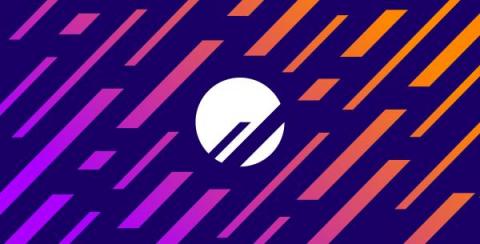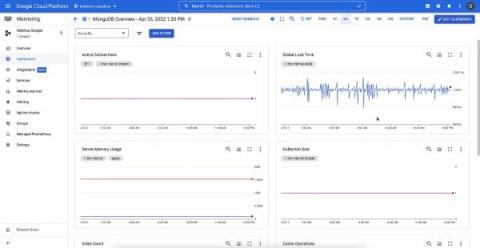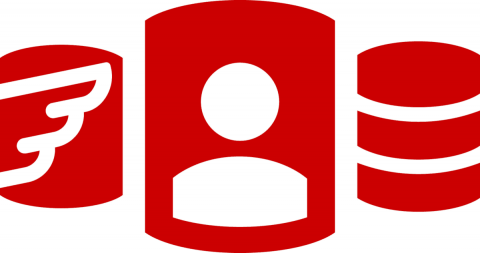Monitor Amazon RDS Proxy with Datadog
For over a decade, Amazon RDS (Relational Database Service) has been a popular managed database service companies have used to set up, operate, and scale databases for web and mobile applications. However, modern, high-scale applications can have upward of tens of thousands of clients. This means that maintaining direct connections between the database and application can quickly begin to consume more resources than the query executions themselves.

























